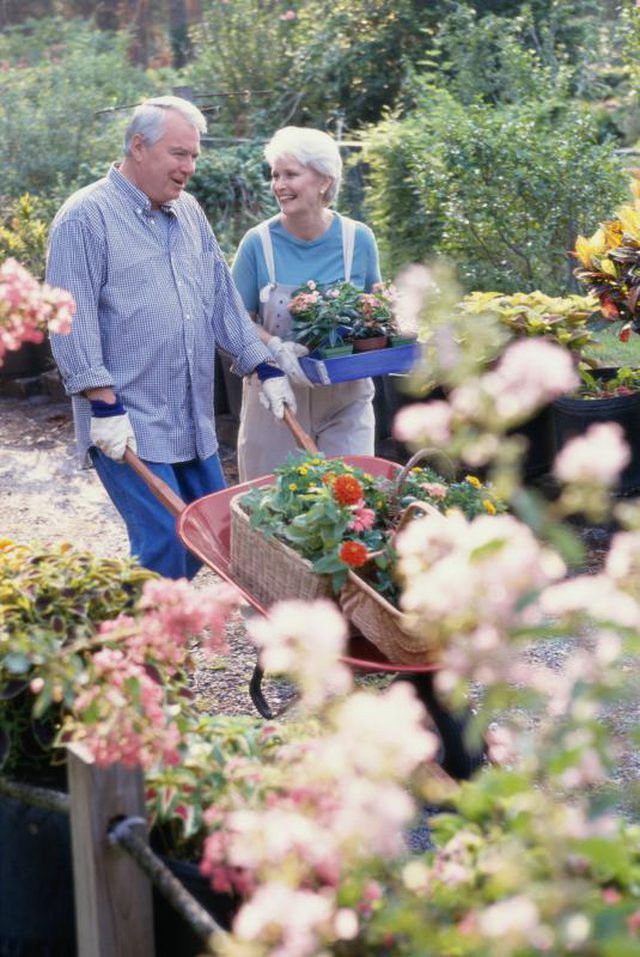Bulbs
Flower Basics
Flower Beds & Specialty Gardens
Flower Garden
Garden Furniture
Garden Gnomes
Garden Seeds
Garden Sheds
Garden Statues
Garden Tools & Supplies
Gardening Basics
Green & Organic
Groundcovers & Vines
Growing Annuals
Growing Basil
Growing Beans
Growing Berries
Growing Blueberries
Growing Cactus
Growing Corn
Growing Cotton
Growing Edibles
Growing Flowers
Growing Garlic
Growing Grapes
Growing Grass
Growing Herbs
Growing Jasmine
Growing Mint
Growing Mushrooms
Orchids
Growing Peanuts
Growing Perennials
Growing Plants
Growing Rosemary
Growing Roses
Growing Strawberries
Growing Sunflowers
Growing Thyme
Growing Tomatoes
Growing Tulips
Growing Vegetables
Herb Basics
Herb Garden
Indoor Growing
Landscaping Basics
Landscaping Patios
Landscaping Plants
Landscaping Shrubs
Landscaping Trees
Landscaping Walks & Pathways
Lawn Basics
Lawn Maintenance
Lawn Mowers
Lawn Ornaments
Lawn Planting
Lawn Tools
Outdoor Growing
Overall Landscape Planning
Pests, Weeds & Problems
Plant Basics
Rock Garden
Rose Garden
Shrubs
Soil
Specialty Gardens
Trees
Vegetable Garden
Yard Maintenance
How to Turn a Wheelbarrow Into a Planter
How to Turn a Wheelbarrow Into a Planter. Turn a wheelbarrow with a bent frame, rusted basin or other damage into an attractive planter centerpiece for a flowerbed. When its life of hauling landscaping supplies has ended, the wheelbarrow basin can be adapted as a part of the landscape design. This project works well for plastic, metal and wooden...

Turn a wheelbarrow with a bent frame, rusted basin or other damage into an attractive planter centerpiece for a flowerbed. When its life of hauling landscaping supplies has ended, the wheelbarrow basin can be adapted as a part of the landscape design. This project works well for plastic, metal and wooden wheelbarrows, though a wooden or antique metal wheelbarrow works best if you want a rustic appearance. The finished planter can be as functional as a store-bought planter.
Adapting Wheelbarrow Types
Some wheelbarrows have an open back or front to simplify loading and unloading. Plants and soil can easily fall through the opening, so you must add something to close the gap. Try cutting a piece of wood to the same size as the opening. Screw the wood directly into the wheelbarrow, or mount it in place with one or two L-shaped brackets in each corner. Chicken wire or wire mesh materials close the sides to prevent spills, but the see-through quality creates the illusion of an opening. Cut the wire panel a few inches wider than the opening, and bend the ends so you can staple them to the wheelbarrow sides. Place newspaper strips or straw against the wire to prevent soil from falling out through the holes.
Adding Drainage
Without drainage holes, excess water can pool up around the plant roots, leading to root rot and other fungal diseases. Old wheelbarrows with rust holes in the bottom should provide sufficient drainage, but otherwise you must add drainage holes to turn a wheelbarrow into a planter. Flip the wheelbarrow upside down. Mark a spot at the center of the wheelbarrow basin, plus three or four additional marks evenly spaced around the center mark. Drill through the bottom of the wheelbarrow with a 1/4-inch diameter drill bit, avoiding parts of the wheelbarrow frame. Line the inside of the wheelbarrow with a piece of wire mesh screen to prevent soil and small filler materials from spilling through the drainage holes.
Filling the Planter
Most plants small enough to grow in a wheelbarrow require only 4 to 8 inches of soil. Wheelbarrow depths vary with different volumes, and you can save money on potting soil by using filler for the extra depth. Gravel works well as a filler material, but you can also use foam peanuts for a lightweight planter. Then, for the planting layer, fill the wheelbarrow to about 2 inches from the rim with potting soil or a blend of equal parts peat moss, coarse sand and finished compost. Plant your choice of plants and flowers so the top of the root ball is even with the soil grade. Finish with a 1-inch mulch layer to help retain soil moisture. Annual flowers and herbs work especially well in wheelbarrow planters.
Anchor the Wheelbarrow
If you've ever attempted to maneuver a wheelbarrow across the lawn, you know they are top-heavy and easy to spill. A wheelbarrow planter set in a flowerbed could easily fall over with an accidental bump during garden maintenance. To prevent this problem, use stakes to anchor the wheelbarrow to the ground. Position 12-inch U-shaped landscaping staples so the legs of the staples stagger the wheelbarrow legs. Drive the staples into the ground with a rubber mallet or hammer. L-shaped stakes also work well as anchors. If the wheelbarrow has straight legs, drive a 12-inch straight stake beside each leg and tie it to the leg with wire. Soil or rocks built up in a mound around the front tire or legs also stabilize the planter. You can also remove the front tire for more stability.